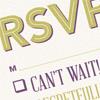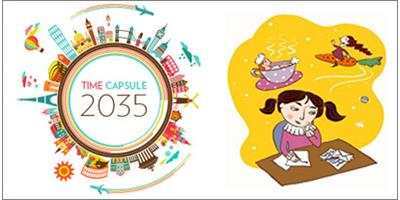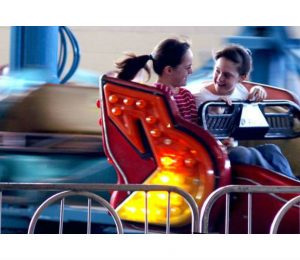As a parent, I am constantly on the lookout for new and engaging ways to get my kids to think about the future. I am that parent that has them writing birthday lists two months before they blow out the candles. I have them consider what they want from Santa as soon as the Halloween decorations come down. And I challenge them to think about how they want to spend their days when they become old like mommy or daddy.
It is my way of getting them to think beyond the next game of street hockey and have them understand there is a “future”.
I don’t just do lists. And I don’t really just do the future. When we were sailing this summer and had hours to kill until we reached our destination, I had the kids imagine what life was like in the “olden days”. How did people get from point A to point B. What did the seashore look like before roads and buildings were constructed. What did kids do for fun? You get the picture. At first they thought mommy had lost her mind at sea, but soon they got into it and two hours went by in the blink of an eye.
When we do art projects together, we draw futuristic buildings. Inevitably, my son always creates rooms with an Xbox or Wii built into the walls with special stands that rise from the floors for his Skylanders. My daughter develops houses that change colour in the rain and rooms that play music with a clap of her hands.
So, it was with enthusiasm when I heard about a book project that children’s author Pat Skene was working on. It’s called A Time Capsule 2035 and she is asking elementary students across Canada to think about what our world will look like by the year 2035. How will people get around? What technology will rule the day? Will our career choices be similar?
For me, this project is exciting on so many levels. It encourages conversations at home (or in the school) about change. It can tell us what our kids are thinking about. And it helps our children begin thinking about their world around them.
When I first talked to my children about a time capsule and looking into the future, I tried to explain to them that when I was a kid there were no tablets. That the video games I played involved a black screen, a ball that floated around and two “paddles” that I moved to hit the ball. I explained that I could never have imagined a world where there were computers and electric cars.
As a family, we have embraced this project. I like how it challenges my children to think, to write creatively and to express their thoughts. This is a great project for a rainy Sunday afternoon or as a classroom assignment. Check it out and watch as your kids’ imaginations take them to the future.
Get more information and sign up for this amazing project here: www.pressheretostartpublishing.com.
Did That Help!? You Might Like These:
 |
 |
 |
| Where to Go Skating in Canada |
RSVP Tips | Packing Healthy School Lunches |





